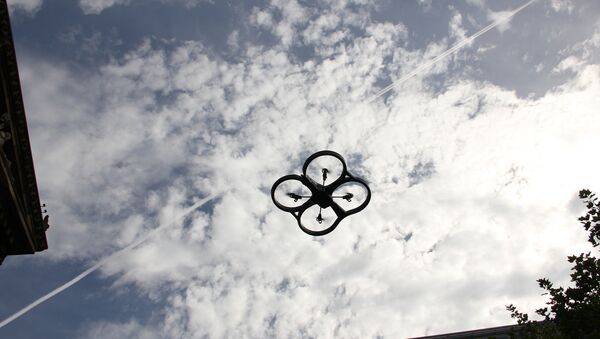In 2013, the delivery giant DHL conducted a five day experiment: using UAVs to transport medical supplies back and forth across the Rhine. Making eight such deliveries a day, each drone was piloted by two individuals – one for each side of the river, with control shifting midway across.
It was an early test run for the idea of a drone delivery system. More famously, Jeff Bezos made the grand announcement that Amazon would implement UAV delivery by 2018, a timeframe that’s looking more and more like wishful thinking.
But an unlikely advocate for mass sky mail has stepped forward. The Mayo Clinic has released a statement which shows its interest in using the technology to transport blood supplies to hospitals around the country.
"Instead of courier services or the highway patrol transporting blood to a hospital that needs it, a UAV could deliver the blood in advance, taking off as soon as the EMS call comes in," the statement reads.
Blood is much more fickle than we might think, and has a very limited shelf life. Red blood cells can only survive up to six weeks after donated blood has been placed in storage, and platelets and plasma last less than a week. Drones could help get that blood where it needs to be quickly and efficiently, avoiding waste.
UAVs could also be more cost effective.
"Our advanced transport team makes about 2,000 flights a year and in 2013 they transfused 200 units of packed red blood cells and 200 units of plasma to critically injured and ill patients during transport," surgeon Cornelius A. Thiels wrote for the Mayo clinic.
Helicopter flights aren’t cheap, and utilizing drones could allow emergency services to redirect those transportation funds.
In addition to blood, a UAV delivery system could also be used to transport other medical supplies, especially ones that smaller hospitals may not have in stock.
"Drones could also deliver expensive and rarely used drugs, such as antivenin for snake bites," the statement reads.
This is still a long way off. Amazon can attest to the fact that the US Federal Aviation Administration has been slow to draft clear instructions on drone delivery. Security concerns raised after the crash landing of a recreational UAV on the White House lawn have only made the regulatory process more complicated.
A key concern is ensuring that blood drones don’t put lives at risk while they’re on their way to save others.




